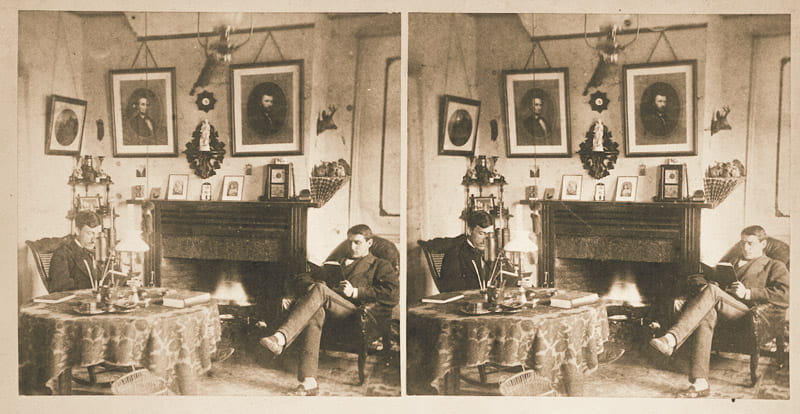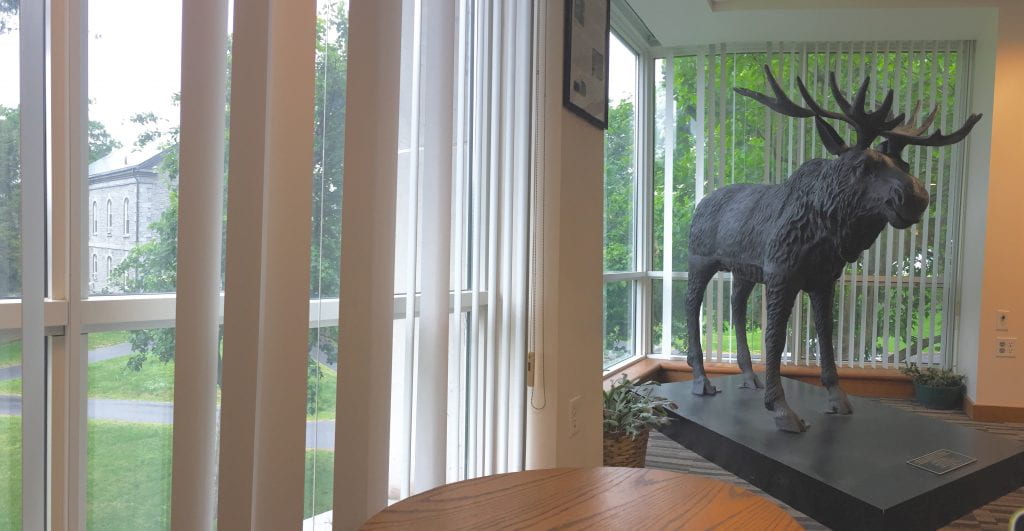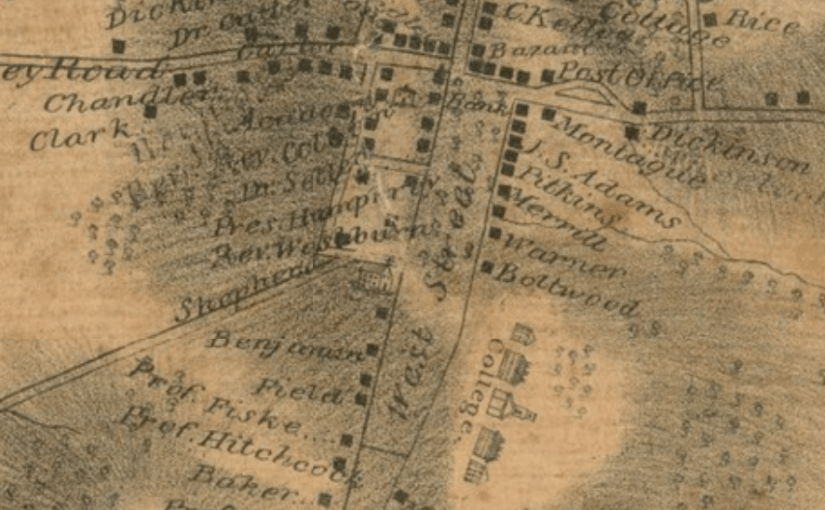The featured image is a detail of the entire original map, available by means of digital scholarship: Gray, Alonzo, Adams, C. B. (Charles Baker), and Pendleton’s Lithography. “A map of Amherst with a view of the college and Mount Pleasant Institution.” Map. 1833. Norman B. Leventhal Map Center, https://collections.leventhalmap.org/search/commonwealth:cj82ks51r (accessed June 16, 2017).
Welcome to this week’s edition of I Never Knew That Thing Existed, But It is So Cool, and Now My Mind is Going in A Million Different Directions With Differing Ideas of How to Utilize It!, featuring NGrams, Voyant, Lexos, and the Topic Modeling Tool! Yay!
In all seriousness, this week has been filled with many workshops, discussions, and test-runs designed to familiarize us interns with varying digital scholarship tools–and my goodness, has it been awesome! Overwhelming, but awesome. As a person who’s always struggled with the STEM side of my education (though I’ve also always been fascinated by it, and consequently frustrated that my brain often struggles with understanding it), I’ve absolutely loved getting to know these deeply technologically-based tools through the lens of the humanities. For example, Voyant’s ability to analyze text and create visualizations describing various characteristics of that text blows my mind! As an artist who loves image-based learning, this technology expands not only my conceptualization of the text, but also the questions brewing in my mind when thinking about the text. It’s cliché to say (and therefore my inner almost-English-major heart weeps as I type this), but new doors have been opened for me that may lead to new horizons!

Lovell, John L., 1825-1903, “Room no. 12, North College dormitory at Amherst College,” Digital Amherst, accessed June 16, 2017, http://www.digitalamherst.org/items/show/571.
I’ve used texts and topics relating to the early history of Amherst College as my “guinea pigs” when exploring how to use these tools, which has been really valuable. Three college history books I’ve been familiarizing myself with over the past couple of weeks are William Seymour Tyler’s Autobiography of William Seymour Tyler, his History of Amherst College During Its First Half Century, and Stanley King’s The Consecrated Eminence. As I’ve looked at visual models and textual lists created by the aforementioned technologies, I’ve begun to see trends and develop new research questions, such as:
- What topics did Tyler write about most often and why?
- How did Amherst College physically and conceptually develop as it passed through the hands of various college presidents?
- What, if anything, does Tyler’s writing style say about his experience with the college? Was his experience an exceptional one, or can we infer his contemporaries’ Amherst experiences from his?
When realizing that the time to turn from “learning how to use tools” to “working on a project” is fast approaching, I’m really excited! I definitely feel that I have enough of a grasp of these methodologies to begin brainstorming/creating a focused project–it already seems that I’m creating a billion mini-project-ideas in my mind as I play with the tools! Plus, I get to work with an amazing team of interns and librarians (I promise I’m not just saying this to butter anyone up–they’re all awesome)! One of the best parts of working in a team is pulling from each other’s strengths and weaknesses, and I definitely know that I can count on the others to help me learn, push myself, and gain new insights into the technologies we’re using and topics we’re researching. How cool is that?

So, behold: Barrett Hall (far left through window), circa 1859, and the Moose, circa 2014. I’ve witnessed the establishment of one of these Amherst College icons, and the other I’ve been reading up on over the past couple of weeks as an intern. As I type this, I sit betwixt the two–physically, of course, but metaphorically, too. In what ways will I utilize tools of the digital world to bridge the gap between Amherst past and Amherst present? The Moose grins at me as if he already knows, and I grin back at him, eager to find out.

I’m definitely excited too as we head towards the second phase of our internship, and the feeling of having a billion ideas of mini-projects is one I relate to as well. Hopefully we’ll draw upon each other’s strengths and passions as you suggest in order to narrow down our focus!
Amanda! I’m glad you feel confident to brainstorm using the tools we learned so far. I’m certainly excited for the chance to troubleshoot, struggle, and learn together. I especially enjoy seeing how your questions have developed over the few weeks of our internship. The iteration in your research is self-evident.